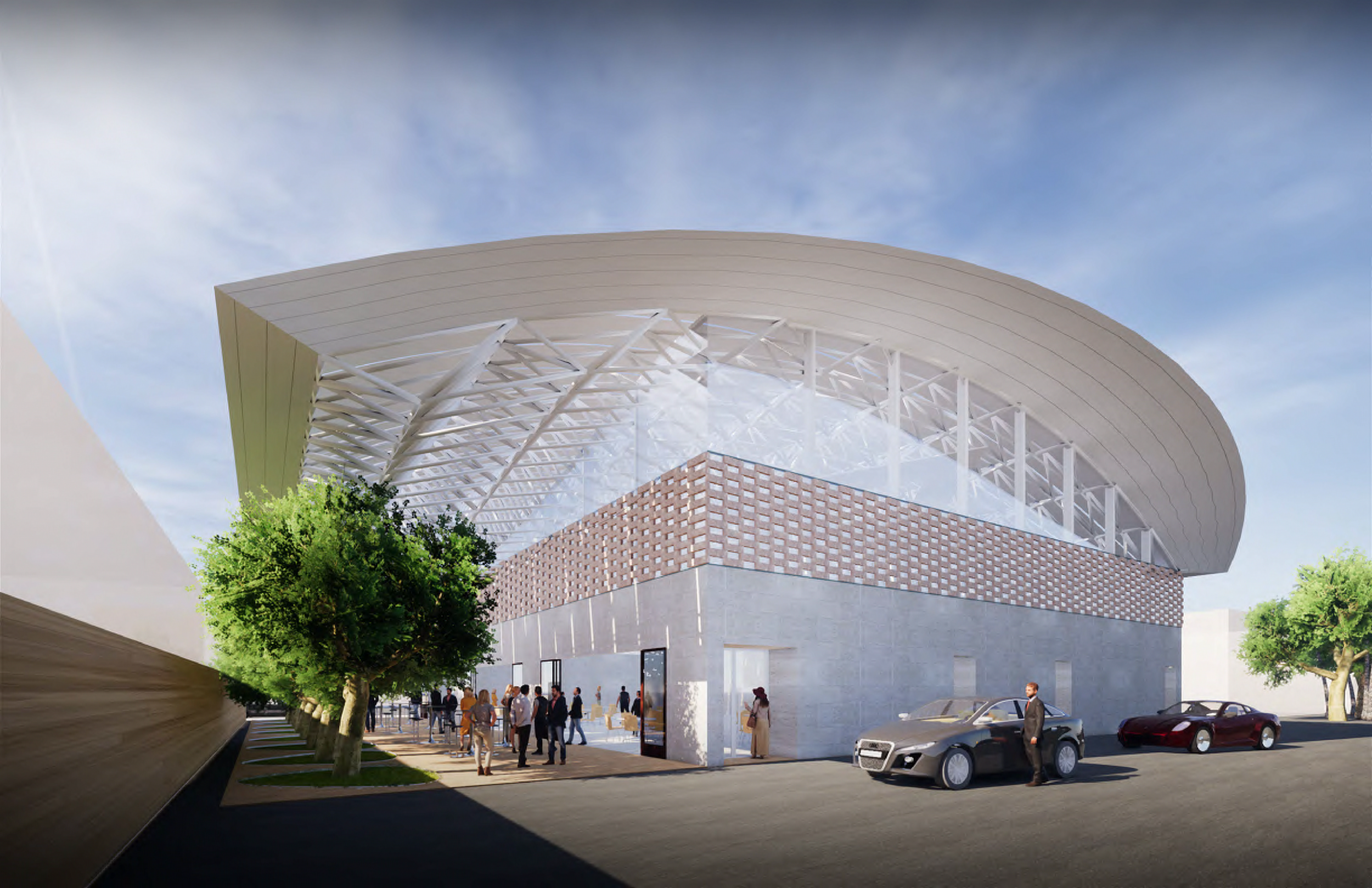CASE STUDY
SCHOENBORN
CANOGA PARK | LOS ANGELES, CA
The area currently known as the San Fernando Valley was created by the movement of the surrounding Transverse Mountain Ranges over the past 200 million years. Slowly, the Earth’s geologic processes have shaped the Valley while hydrologic patterns deposited nutrient-rich soil evenly across the expanse. This region had been inhabited by Chumash and Tongva peoples from 5,000 BCE until the Spanish arrival in the late 18th century. The first Europeans entered the Valley in 1769 as part of the Portolá Expedition, describing what they came across as a “very pleasant and spacious valley.” Subsequently, these lands were claimed for ranching and livestock grazing under Spanish and later Mexican rule. After the United States’ annexation of California in the mid-19th century, the region was gradually settled and developed until finally annexed into the City of Los Angeles in 1915. Since then, the growth of Los Angeles has radically transformed the region into the vast urban environment that exists today. In Canoga Park, the introduction of the aerospace industry in the mid-20th century brought a uniquely modern form of development that is still partially active. This project continues the tradition of the San Fernando Valley as a place where a wide array of people and activities meet. A banquet hall by function, Schoenborn provides the opportunity for a pause from the seemingly endless surrounding global metropolis. Designed as a community center for the surrounding neighborhood, this is a space where people can gather together to enjoy the Southern California environment that has brought so many others to the Valley for eons.











